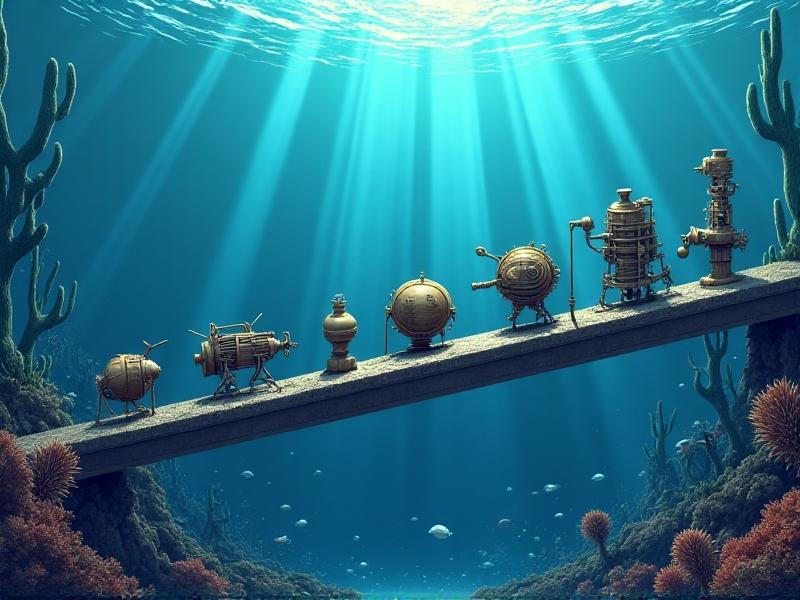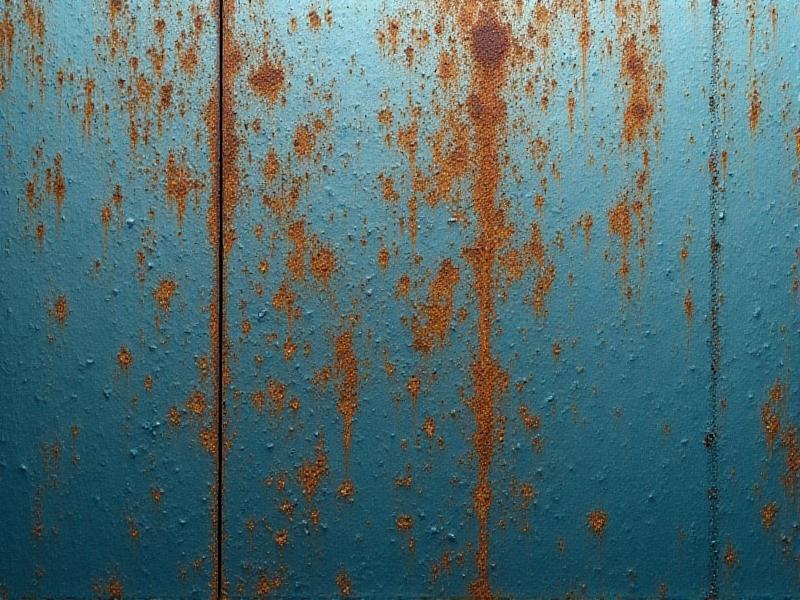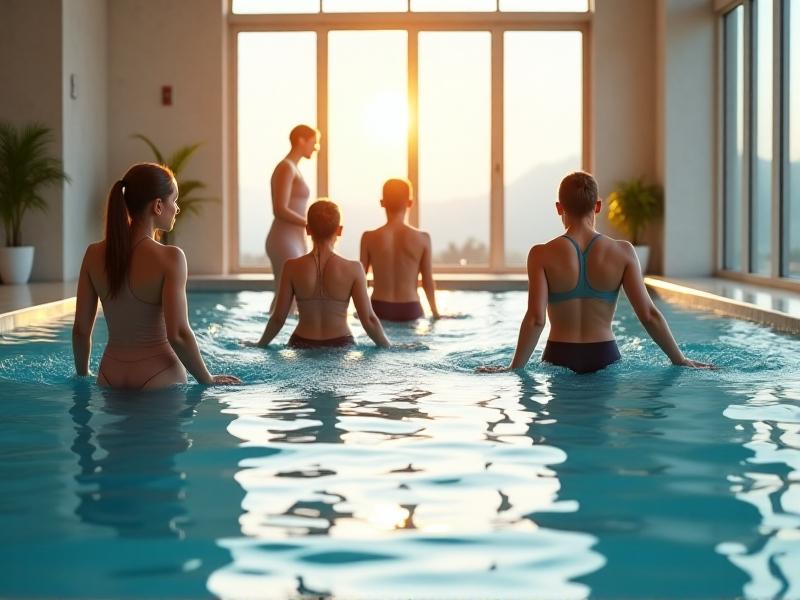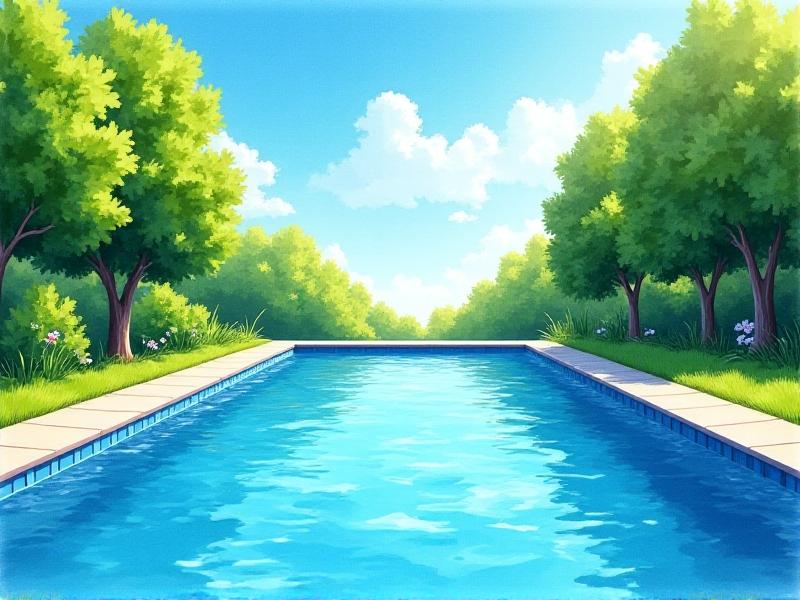Hydrotherapy Jet Placement Mapping
Understanding Hydrotherapy Jets: An Overview
Hydrotherapy jets are an essential component of modern spa and wellness technology, designed to provide therapeutic benefits through the use of water pressure and massage. These jets are strategically placed in hot tubs, bathtubs, and pools to target specific muscle groups and enhance relaxation. The science behind hydrotherapy jets lies in their ability to stimulate blood circulation, relieve muscle tension, and promote overall well-being. Understanding how these jets work and their placement is crucial for maximizing their therapeutic effects.
Hydrotherapy jets come in various types, each designed for a specific purpose. Some jets are designed for deep tissue massage, while others provide a gentle, soothing experience. The placement of these jets is not arbitrary; it is carefully mapped out to ensure that users receive the maximum benefit from their hydrotherapy session. This mapping process involves considering factors such as the user's body shape, the type of therapy desired, and the design of the hydrotherapy unit.
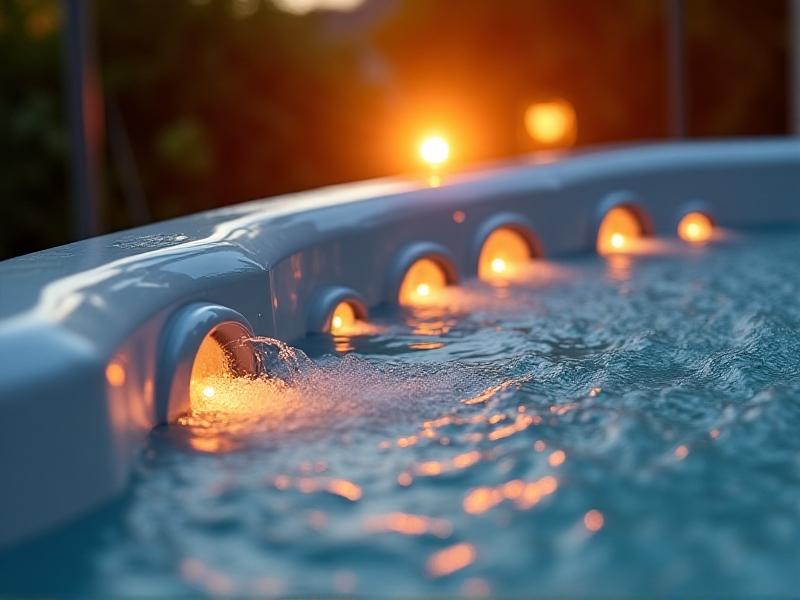
The Science Behind Hydrotherapy Jet Placement
The placement of hydrotherapy jets is a science that combines anatomy, physiology, and engineering. The goal is to create a system that effectively targets key muscle groups and pressure points on the body. For example, jets placed along the lower back can help alleviate pain and stiffness, while those positioned near the shoulders can relieve tension and stress. The angle and intensity of the jets are also carefully calibrated to ensure that they provide the right amount of pressure without causing discomfort.
One of the key considerations in jet placement is the user's body shape and size. A well-designed hydrotherapy system will have jets that can be adjusted to accommodate different body types. This ensures that everyone, regardless of their size or shape, can enjoy the benefits of hydrotherapy. Additionally, the placement of jets in relation to each other is important. Jets that are too close together may not provide effective coverage, while those that are too far apart may leave certain areas of the body untreated.
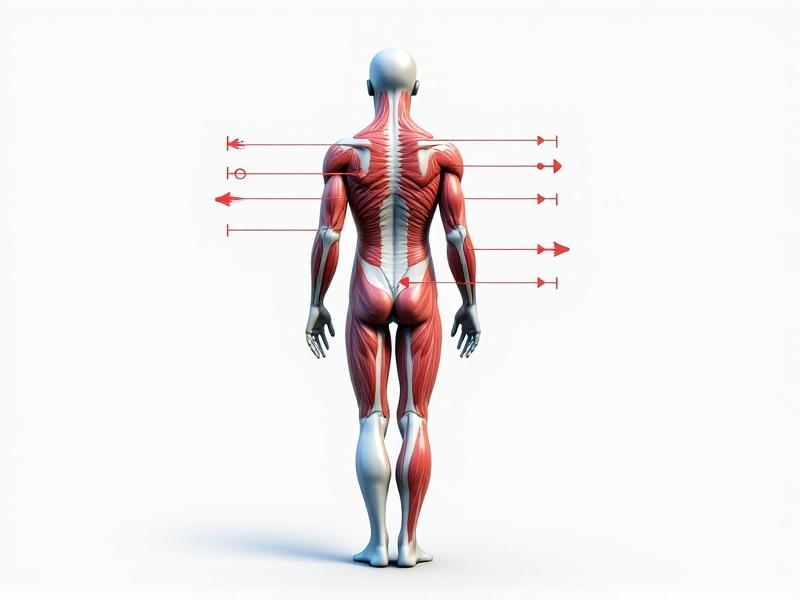
Customizing Hydrotherapy Jet Layouts for Different Needs
Not all hydrotherapy sessions are the same, and neither should the placement of jets be. Customizing the layout of hydrotherapy jets allows for a more personalized experience that caters to individual needs. For athletes, for example, jets can be placed to focus on areas that are prone to strain, such as the legs and lower back. For those seeking relaxation, jets can be positioned to provide a gentle, full-body massage that promotes calm and tranquility.
Customization also extends to the type of therapy desired. Some users may prefer a high-pressure massage to relieve deep muscle tension, while others may opt for a softer, more soothing experience. The ability to adjust the placement and intensity of jets ensures that each user can tailor their hydrotherapy session to meet their specific needs. This level of customization is what sets apart a good hydrotherapy system from a great one.
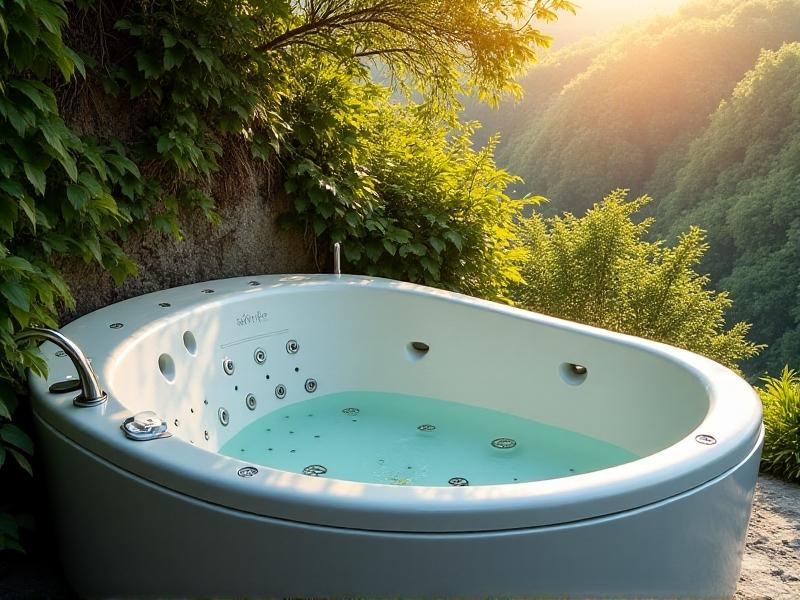
Ergonomics and Comfort in Hydrotherapy Jet Design
Ergonomics plays a crucial role in the design of hydrotherapy jets. The goal is to create a system that is not only effective but also comfortable to use. This involves considering factors such as the height and angle of the jets, the shape of the seating, and the overall layout of the hydrotherapy unit. A well-designed system will allow users to relax completely, without having to strain or adjust their position to benefit from the jets.
Comfort is also enhanced by the materials used in the construction of the hydrotherapy unit. Soft, cushioned seating and smooth, rounded edges contribute to a more enjoyable experience. Additionally, the placement of jets should take into account the natural contours of the body, ensuring that the water pressure is evenly distributed and does not cause discomfort. By focusing on ergonomics and comfort, designers can create hydrotherapy systems that are both therapeutic and relaxing.
The Role of Technology in Hydrotherapy Jet Mapping
Advancements in technology have revolutionized the way hydrotherapy jets are mapped and designed. Modern systems use computer-aided design (CAD) software to create precise jet layouts that are tailored to the user's needs. This technology allows designers to simulate different jet placements and intensities, ensuring that the final design is both effective and comfortable. Additionally, some hydrotherapy systems now come with smart features that allow users to control the jets via a mobile app or remote control.
Technology also plays a role in the maintenance and operation of hydrotherapy jets. Automated systems can monitor water pressure and temperature, ensuring that the jets are always operating at optimal levels. This not only enhances the user experience but also extends the lifespan of the hydrotherapy unit. As technology continues to evolve, we can expect to see even more innovative features in hydrotherapy jet design, making it easier than ever to enjoy the benefits of hydrotherapy.
Environmental Considerations in Hydrotherapy Jet Placement
As the world becomes more environmentally conscious, the design and placement of hydrotherapy jets are also being influenced by sustainability considerations. Energy-efficient systems that use less water and electricity are becoming increasingly popular. The placement of jets can also play a role in reducing energy consumption. For example, jets that are strategically placed to maximize water flow can reduce the need for additional pumps, thereby saving energy.
Materials used in the construction of hydrotherapy units are also being scrutinized for their environmental impact. Recycled and eco-friendly materials are being used to create systems that are not only effective but also sustainable. Additionally, the design of hydrotherapy units is being optimized to reduce water waste, ensuring that every drop of water is used efficiently. By considering environmental factors in the design and placement of hydrotherapy jets, manufacturers can create systems that are both therapeutic and eco-friendly.
Future Trends in Hydrotherapy Jet Placement and Design
The future of hydrotherapy jet placement and design is likely to be shaped by advancements in technology, ergonomics, and sustainability. We can expect to see more personalized and customizable systems that cater to individual needs and preferences. Smart technology will continue to play a significant role, with systems that can be controlled via mobile apps and integrated with other smart home devices. Additionally, the use of AI and machine learning could lead to even more precise jet placements, tailored to the user's specific body shape and therapeutic needs.
As the demand for eco-friendly solutions grows, we can also expect to see more sustainable materials and energy-efficient designs in hydrotherapy units. The focus will be on creating systems that are not only effective but also environmentally responsible. With these trends in mind, the future of hydrotherapy jet placement and design looks promising, offering users a more personalized, efficient, and sustainable way to enjoy the benefits of hydrotherapy.

